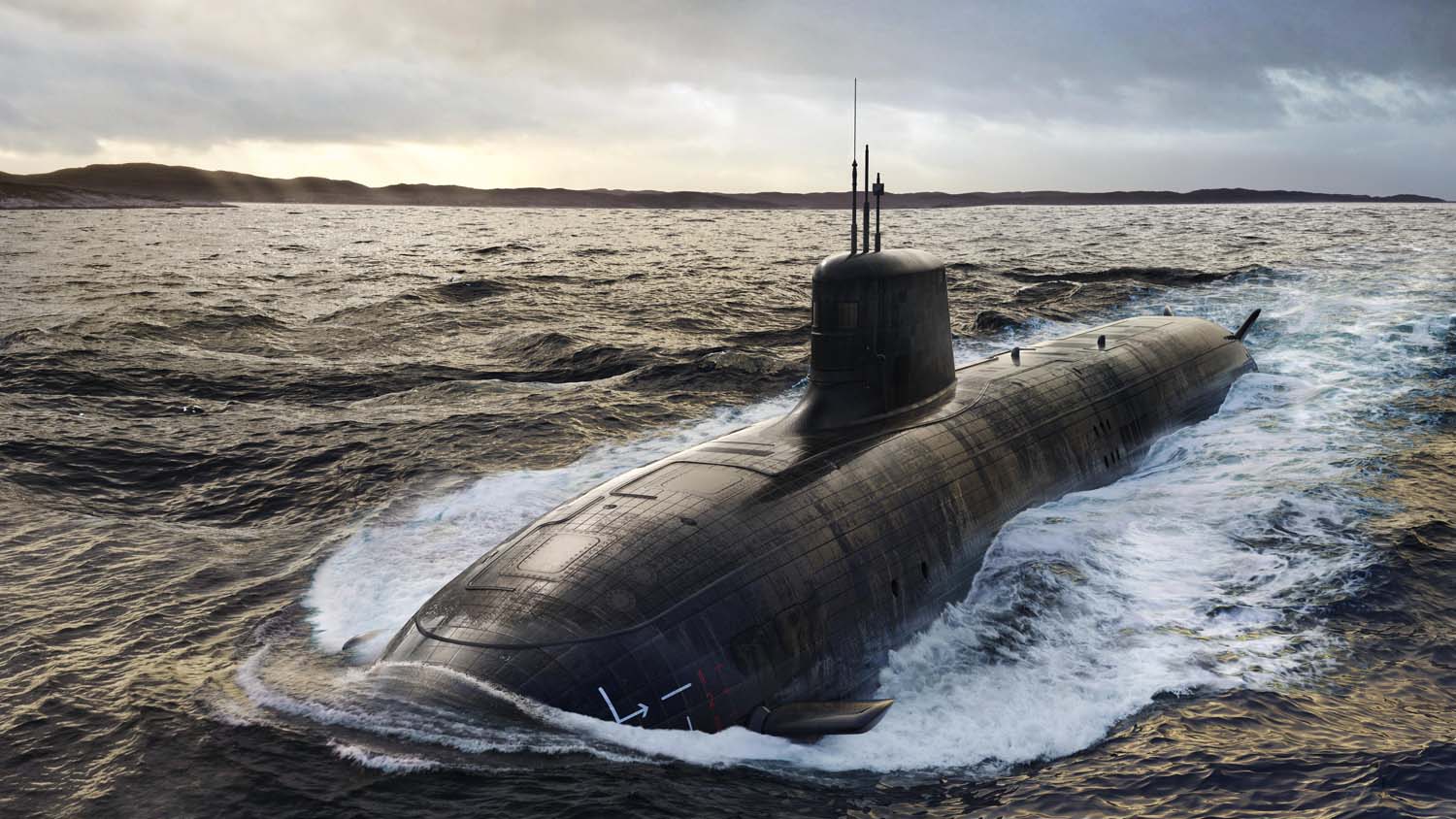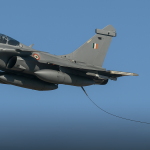In a major leap for India’s naval strike capabilities, the government has cleared the development of two nuclear-powered attack submarines (SSNs) under the ambitious Project-77. These next-generation submarines will be equipped with supersonic BrahMos and future hypersonic cruise missile systems, significantly enhancing India’s maritime warfare posture.
At the forefront of this indigenous defence push is Larsen & Toubro (L&T), which will partner with the Defence Research and Development Organisation (DRDO) and the Shipbuilding Centre in Visakhapatnam. L&T, known for its critical role in the Arihant-class nuclear submarine programme, will once again lead the design and construction of key components, including the pressure hulls, likely at its Hazira facility in Gujarat.
The SSNs under Project-77 are tactical assets distinct from India’s Arihant-class SSBNs, which are built for strategic deterrence. These attack submarines will be designed to undertake deep-penetration strike missions, track adversary warships, and remain undetected during high-risk operations. Powered by nuclear propulsion, they can remain submerged for extended periods and travel faster than conventional diesel-electric submarines.
One of the standout features of the new SSNs will be their weapons loadout. Abandoning slower sub-sonic cruise missiles, the Navy has opted for high-speed offensive capabilities. The submarines will be armed with an evolved BrahMos variant and upcoming DRDO-developed hypersonic missiles, capable of flying at Mach 5 and above. These advanced systems are expected to offer strike ranges of 1,500 to 2,000 kilometres, allowing submarines to engage high-value targets from safe standoff distances.
The Navy’s decision reflects a strategic shift in response to modern integrated air defence networks and contested maritime zones. Sub-sonic missiles are increasingly seen as vulnerable in high-threat environments. According to sources cited by idrw.org, the Navy now views supersonic and hypersonic missiles as essential to ensure survivability and effectiveness during future conflicts.
With the Indo-Pacific becoming a zone of heightened geopolitical contestation, the induction of high-speed, stealth-enabled attack submarines will enhance India’s maritime deterrence posture. Project-77 marks a pivotal step in the country’s efforts to modernise its underwater fleet and project power across strategic sea lanes.













